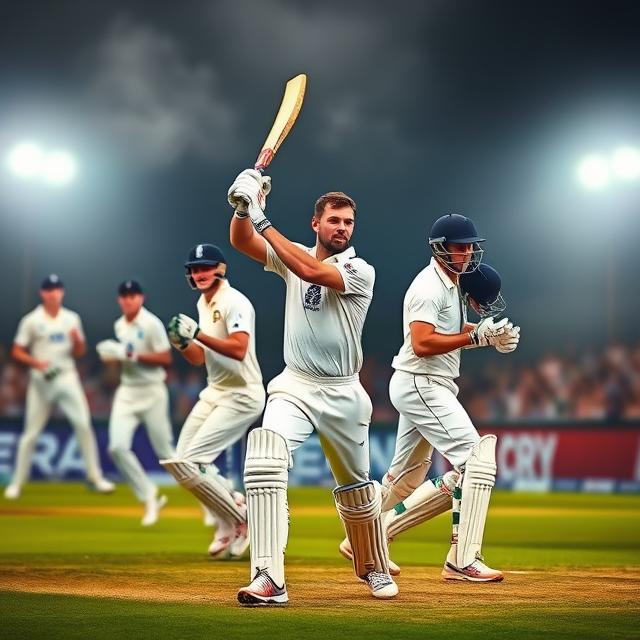Understanding the Pak Nanga Mujra: A Glimpse into Indian Culture

Unveiling the Pak Nanga Mujra: A Cultural Enigma
Ever heard of Pak Nanga Mujra? Intrigued by the name? This seemingly obscure term delves into a fascinating aspect of Indian performing arts, a tradition rich in history, yet often misunderstood.
This article aims to shed light on the Pak Nanga Mujra, its significance within Indian culture, and the crucial need for understanding rather than judgment. Let’s embark on a journey to uncover the beauty and complexity of this performance style.
What is Pak Nanga Mujra?
The Pak Nanga Mujra is a captivating form of dance and musical performance, traditionally practiced in specific regions of India. It often incorporates elaborate costumes, vibrant music, and graceful movements. Crucially, it’s important to acknowledge that these performances are a deeply rooted part of a particular cultural heritage.
The performances typically showcase a specific blend of dance, music, and storytelling, reflecting the cultural values, traditions, and historical narratives of the area. The term “Pak Nanga” carries its own historical context and meaning within the specific cultural traditions.
The Cultural Significance
Understanding the Pak Nanga Mujra demands an exploration of its cultural importance. This form of expression isn’t merely entertainment; it’s a platform for conveying stories, celebrating festivals, and honoring deities. The intricate dance steps and vocal expressions tell narratives that often transcend language barriers.
These traditions are vital elements of India’s rich tapestry of cultural heritage. While differing opinions may exist, it’s essential to acknowledge the importance of respecting and comprehending the role of such art forms within a given culture.
Beyond the Surface: A Deeper Look
It’s crucial to approach such cultural practices with sensitivity and respect. Learning about these traditions offers a unique opportunity to appreciate the diversity of human expression. By respecting the nuances of different cultures, we can broaden our perspectives and engage in more meaningful cross-cultural dialogue.
Often, performances like these are linked to historical events, religious beliefs, or socio-economic contexts. Therefore, an objective study of these elements provides a more profound understanding of the cultural landscape.
Respecting Cultural Nuances
It’s imperative to approach the study of any cultural tradition with a balanced and respectful perspective. Recognizing that these performances exist within a specific historical and social context is essential.
Avoiding generalizations and acknowledging the various interpretations and perspectives within the community is crucial in fostering mutual understanding and respect. A sensitive approach is essential to appreciate the artistic and cultural merit of diverse expressions.
Disclaimer: This article aims to offer a general overview and should not be interpreted as an endorsement or condemnation of any particular practice or belief system. Further research and engagement with credible sources are encouraged.
If you are interested in learning more about Indian performing arts, consider exploring other traditional dance forms and their cultural contexts.